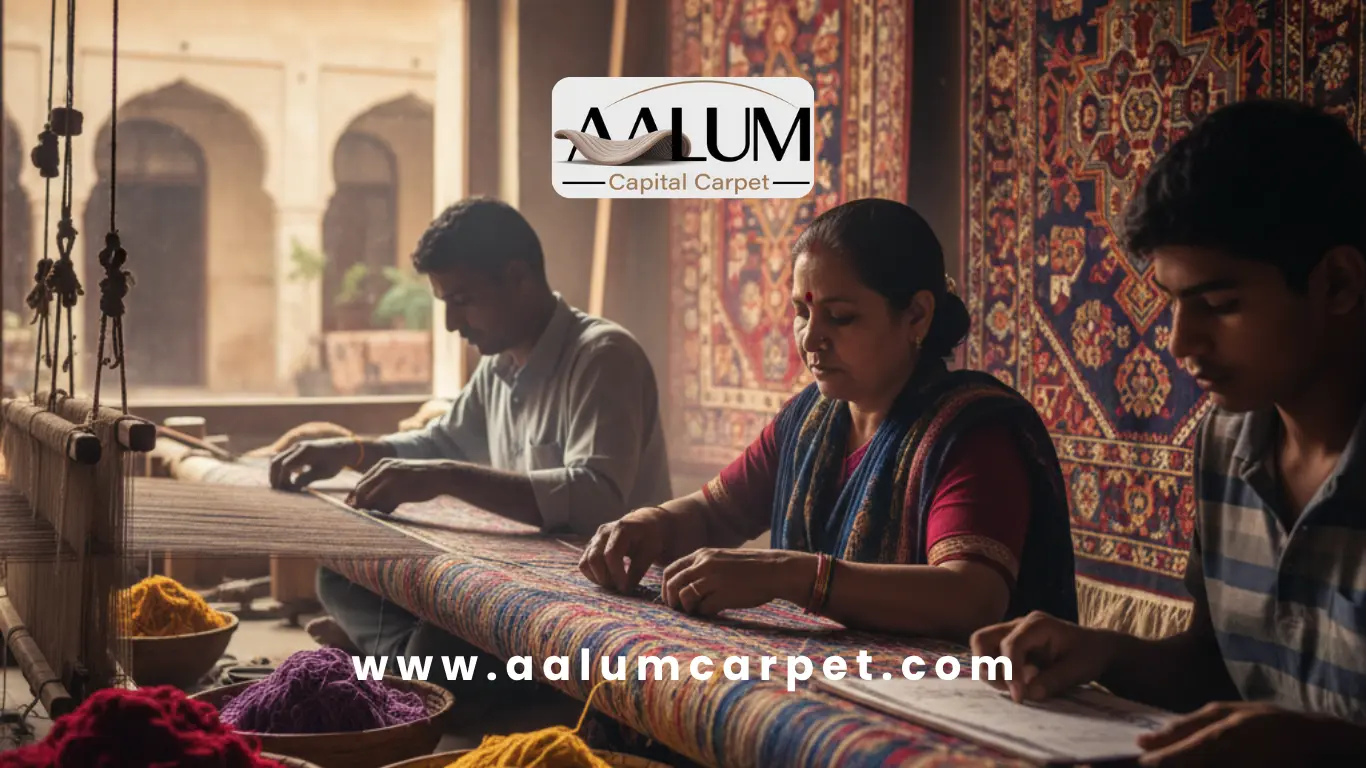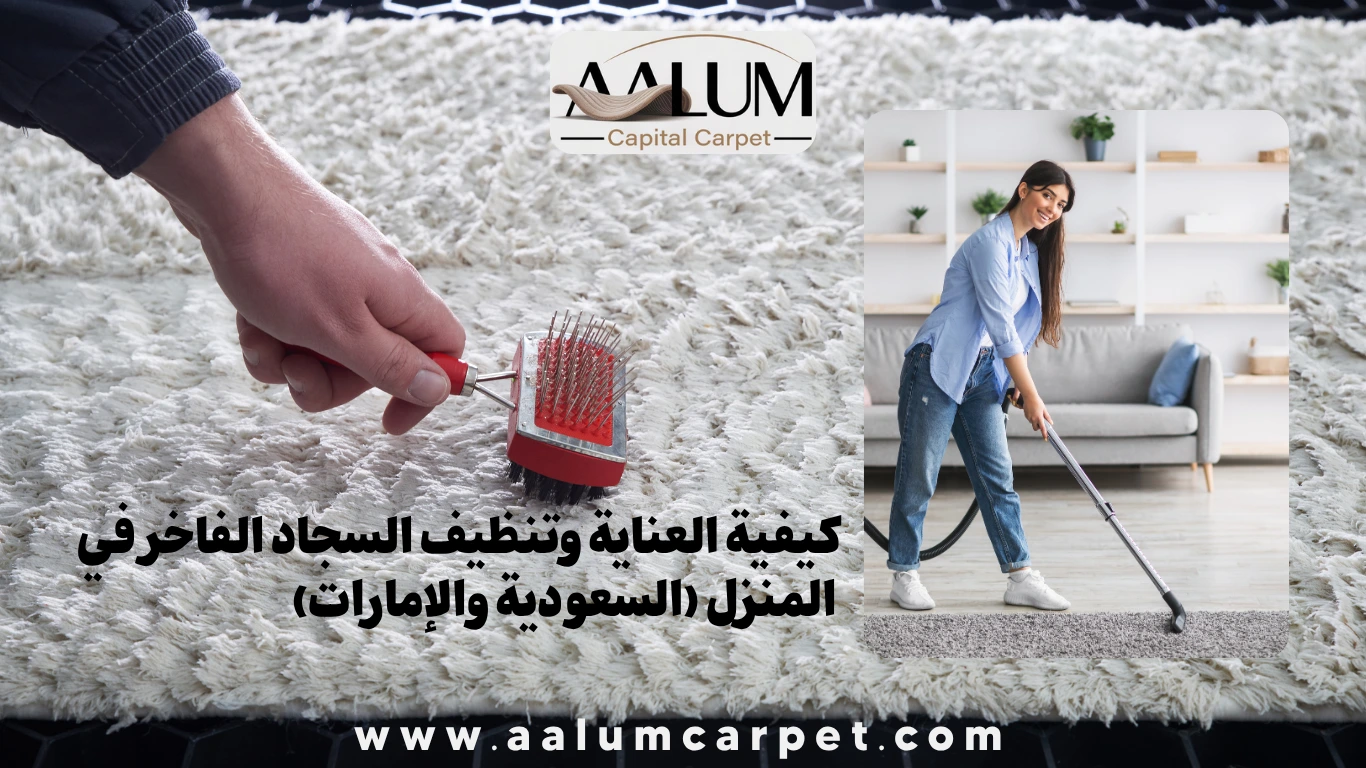Ever having typed or uttered the term Oriental Rug Stores Near Me you most likely would be aware of the fact that such a task is very humbling. There are tons of such imitation rugs in the market that upon the first look, they appear to be authentic with the same quality and life span. An original oriental rug is not just an item that is put on the floor, it is an art piece, a heritage, and a financial asset at the same time.
A counterfeit rug apart from being a mere waste of money might lower the beauty and the value of your home decoration.
To know how to distinguish the fakes from the real oriental rugs, to understand the genuine designs, and to find a trusted oriental carpet dealer or oriental carpet store near you for a safe, real, and beautiful purchase, this will be your guide.
Why Authenticity Matters
Investment Value
Really handmade hand-knotted oriental rugs can gain more value with the passing of time. old Persian or Turkish rugs are seen as pieces of art to be collected, but the machine-made ones are practically worthless shortly after their production. In other words, using the real rug as a house asset is what you are doing.
Durability and Quality
Natural rugs are made of wool, silk, or cotton, and they can be handed down from one generation to another if they are taken care of properly. On the other hand, fake rugs that are usually crafted from synthetic materials have a short life, get discolored, and go out of shape.
Cultural Significance
Not a single oriental folk art can be compared to the rugs dyeing, weaving, stitching, and knotting that go into each piece tell the story of the artists and their regions of the world. No counterfeit rug can mimic this genuineness of purpose.
Check the Material
Wool, Silk, or Cotton?
The best oriental rugs of the high-end segment are created from pure natural fibers: wool, silk, or cotton. Rugs made by a machine or fakes are usually made of synthetic fibers like polyester or acrylic, which may have an excessively smooth, slippery, or plastic-like texture.
Feel the Texture
Handmade rugs: are the ones that have a deep and detailed texture.
Feel the fibers: naturals are soft and strong whereas the synthetics are likely to be cheap and flat.
Inspect the Knotting
Hand-Knotted vs. Machine-Made
One of the most certain signs of the preservation of purity is the nodes check. Turn the carpet over and have a look at the back:
- Hand-knotted: The knots are not the same, each one is different, there are also some small differences.
- Machine-made: The knots are uniform and perfectly symmetrical; there is also a small part of the mesh or glue visible.
Knot Density
The higher the knot density the better the quality, usually. Find out from the seller of the oriental carpet how many knots there are in one square inch (KPSI). True Persian rugs are mostly over 200 KPSI while fakes are significantly lower.
Examine the Design & Patterns
Look for Authentic Motifs
Traditional oriental rugs are patterned with specific design motifs that depend on the region and the culture:
- Persian rugs: floral medallions, intricate borders, symmetric patterns
Imitations might have fainter, less consistent designs that lack the minute details of the originals.
- Turkish rugs: geometric shapes, tribal patterns, bold colours
Color Saturation & Dye Quality
The first is that natural dyes used in the genuine rugs produce very subtle color variations and depth. Whereas machine-made rugs are usually dyed with synthetic dyes which are uniform and have flat colors that are usually very bright. Asking the oriental carpet store from where the dyes are is a good idea.
Test for Flexibility & Durability
Bend the Rug
Traditional oriental rugs can be bent in a normal way and no cracks or even creases would be visible. Petroleum-based rugs might still or seem dry.
Check Edges & Fringe
Natural rugs have edges and ends that are integral parts of the rug, tightly woven into the base. Counterfeits usually go with fringes that are stitched on top.
Smell the Rug
Natural vs. Synthetic
Natural materials like wool and silk carpets are known to have a characteristic natural, “earthy” smell. Artificial rugs smell in a way that is close to chemicals and plastics and this is even more pronounced when they are newly made.
Ask Questions and Verify Documentation
Dealer Transparency
Honest oriental carpet dealers will not hesitate to disclose the following information to you:
- Which country and region it comes from
- Number of knots per square inch
- Materials and dyes used in the rug
- The age of the rugDo not interact with stores or sellers who deliver misleading answers.
Certificates of Authenticity
Quite a few oriental carpet stores offer certificates to verify a rug’s origin, age, and material. Before buying, always get a hold of these documents to confirm for yourself.
Price Point Awareness
Too Good to Be True?
Oriental rugs of superior quality are worth a lot of money. In case a bargain looks so great that you cannot believe it, most probably it is the case. Get prices at many oriental rug shops close to you and then ask your dealer to explain the different factors that play a role in the quality of the rug.
Trust Your Instincts
- In case the seller seems evasive, the rug has inconsistent patterns, and you don’t feel right about it, then simply leave the place.
- Just purchase from dependable oriental dealers or shops with a certified repute to be sure of the authenticity of your rug.
Bonus Tips – Using Technology
UV Light Test
Normally, the colors of natural dyes diminish a bit when exposed to UV light, while the colors of synthetic dyes stay unchanged. The counterfeit can be easily revealed by this method.
Magnifying Glass Inspection
A magnifying glass can be used to thoroughly check the knots and fibers. Hand-knotted rugs have a small amount of irregularities; however, the machine-made ones look so perfect that they appear flawless.
Where to Find Reliable Oriental Rug Stores Near You
- Local Showrooms: Dubai Design District, Abu Dhabi galleries, Riyadh malls, and Jeddah souks are the places that have the premium oriental carpet stores.
- Certified Dealers: Find the dealers who have the reputation and certifications of a long time.
- Online Research: Have a look at the reviews on Google, the social media, and the local business directories to ensure that the company is legitimate before going with them.
Conclusion – Make Your Purchase with Confidence
It is not an impossible task to spot a fake oriental rug. You can guarantee that your investment will be true and will last for a long time by verifying the materials, knotting, design, durability, and dealer credibility. Keep in mind: a true oriental rug is not merely decoration, it is history.
Go to reliable oriental rug shops in your locale and get the advice of knowledgeable oriental carpet dealers who can help you pick out a genuine piece and start your hunt with the right preparation. Having the right information, you will have a stunning rug that will not only beautify your home but will also endure through time.
FAQ’s
Q1: How can I identify a real oriental rug from a fake?
Usually, a handmade and natural-fiber-knotted woolen, or silk, or cotton rug will be the standard for a genuine oriental rug. Don’t be surprised if you find “imperfect” knots, slight color frayings, and if it has a strong, textured feel to it. Moreover, authentic carpet is likely to be accompanied by a certificate of authenticity from a well-known oriental carpet store.
Q2: Are machine-made rugs considered fake?
Machine-made rugs are simply not “fake” rugs but are technically not hand-knotted and often don’t have the same longevity, authenticity, or cultural value as genuine oriental rugs. Oriental carpet dealers can take you to the closest hand-knotted alternatives.
Q3: What regions produce authentic oriental rugs?
The area of creation such as the Persian (Iran), the Turkish, the Afghan, and the Indian are the most known for their quality as far as hand-knotted rugs are concerned. Design-wise, these locations also have their individual motifs and knotting techniques which the professional dealers can reveal to you.
Q4: Where can I find reputable oriental rug stores near me in UAE or Saudi Arabia?
Try the already existing showrooms at Dubai Design District, the galleries of Abu Dhabi, malls of Riyadh, or souks of Jeddah. Checking reviews, getting certified, and the dealer’s reputation are all things you can do before going for a visit.
Q5: How much should I expect to pay for an authentic oriental rug?
The selling price is mainly based on the rug’s size, natural materials used, age, and knots per square inch (Kpsi). If it is Persian or Turkish of high quality, the price of the rug can start from around $500 and go up to a few $10,000. Just be cautious of the deals that look “too good to be true” and try to understand why the sellers offer such low prices.
Q6: Can I clean my oriental rug at home?
Gentle vacuuming and rotating are considered safe and part of routine care. If you want to resort to deep cleaning or get a stain out, please first seek advice from your oriental carpet dealer or a professional rug cleaner so that your carpet will not get damaged.



